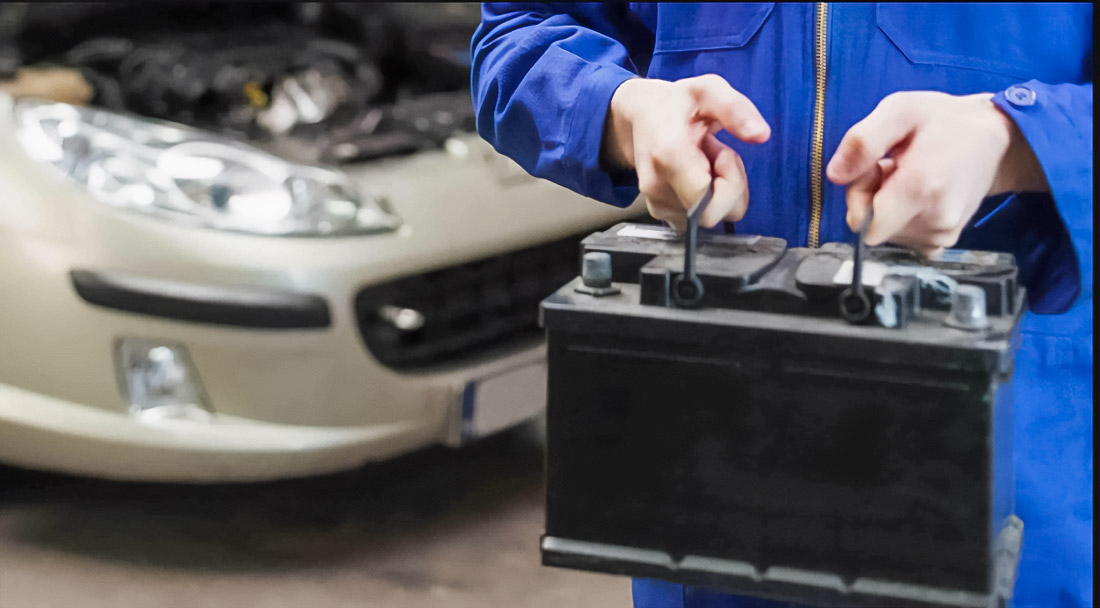Automobile batteries, like the heart of your car, provide the necessary current for the start of the engine. However, sometimes, they can fail, even if we try to “jump start” them with the help of cables. Why does this happen? Let’s delve into details and see what factors can cause such surprises. If you are faced with a similar situation, you possibly need battery jump start service.
Unexpected Problems With Automobile Batteries: Understanding Causes

Automobile batteries — this complex device and its failure can be caused by a multitude of reasons. Here are some of the most common:
-
State of Battery:
- Sulfation of Plates: Prolonged stay in a discharged state can lead to the formation of lead sulfate on plates. According to research, this can reduce capacity of battery to 50%!
- Deep Discharge: Full discharge can make the process “jump starting” ineffective. Research shows that full recovery becomes impossible if the discharge is below 10 V too long.
- Aging of Battery: Natural decrease of capacity during 3-5 years of use can explain why the battery does not hold a charge, which is necessary for a start.
-
Problems With Connections:
- Corrosion of Terminals: According to statistics, up to 20% of failures in start are related to oxidized contacts.
- Poor Contacts: Even 0.01 Ohm resistance in connections can be critical for an old battery.
-
Other Factors:
- Problems With Generator: Measurements show that a faulty generator can reduce charging efficiency to 50%, which inevitably causes problems with the start.
- Short Circuit in System: It can discharge the battery in less than an hour, even at full charge.
Step-by-Step Diagnostics of Battery and Cables: Step to Solution
Problems with a start can be solved if a check of all possible sources of malfunction is correctly conducted.
-
Visual Inspection:
- Check battery for the presence of mechanical damage and leaks of electrolyte. If there is suspicion of depressurization, replace it immediately.
- Clean terminals from corrosion using special cleaners. Sources show that this step helps in 80% of cases.
-
Check of Voltage:
- The Multimeter should show about 12.6 V on a fully charged battery.
- Voltage below 12 V — a clear sign of discharge. Check every 6 months to avoid such situations.
-
Load Testing:
- Use a tester to ensure that the battery can provide the needed starting current. In 75% of cases, the test shows the true capacity of the battery.
-
Check of Generator:
- Voltage of the charged battery should be in the range of 13.7–14.7 V. Low voltage indicates a problem with the generator.
Use of Diagnostic Equipment: Your Professional Approach
Accuracy of diagnostics can be significantly improved with the correct equipment:
- Multimeter: Necessary for determination of voltage and check of integrity.
- Battery Tester: For load tests and assessment of residual capacity. It is recommended that it be kept handy in the garage.
- Diagnostic Scanner: Detection of errors in the control system can prevent serious malfunctions.
Proven Recommendations And Tips: How To Avoid Problems
To maximally reduce the risk of starter failure, follow these simple tips:
- Regular Maintenance: Monthly inspection of terminals and measurements of voltage can prevent the majority of problems.
- Replacement of Old Battery: Expect a decrease in performance to 60% by 5 years. Replace earlier if notice declined.
- Proper Use: Remember that excessive use of electronics when the engine is off reduces the life of the battery.
- Use of Charging Device: With rare use of car, charge battery additionally every week. This extends life 2 times.
Real Stories: Lessons From Practice
To better understand how different problems are solved in practice, let’s consider several real examples:
-
Case 1: Oxidation of Terminals:
Possibly, this is the most common cause of malfunctions. Cleaning of oxidized terminals completely restored the ability to “jump start.” Now, the owner regularly conducts prevention.
-
Case 2: Faulty Generator:
The Owner repeatedly faced problems starting due to the worn belt of the generator. Replacement of the belt and subsequent charging of the battery eliminated all problems.
On road can happen anything. But timely diagnostics and regular maintenance of battery and electrical system of your car — this key to successful trips and absence of problems on way. Ensure, that your system never let you down in most inappropriate moment.

Hockey fan, tattoo addict, hiphop head, Eames fan and independent Art Director. Operating at the intersection of art and purpose to give life to your brand. I work with Fortune 500 companies and startups.


